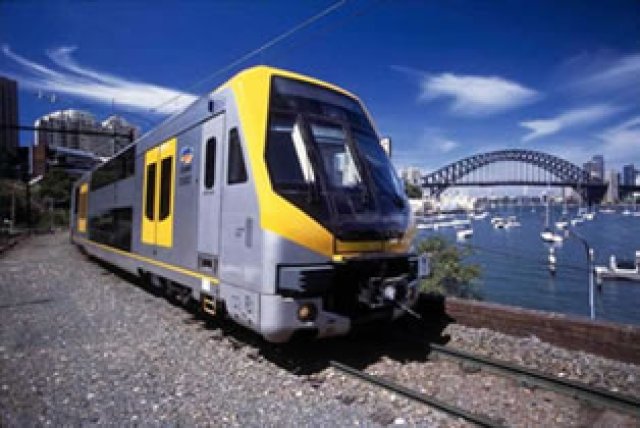
Renewing Sydney’s train fleet is far too important a matter to be left to the “free” market. On February 6 the NSW government announced it was going to pay $175 million in 2018 to bail out the failed Reliance Rail syndicate that has been contracted to build and maintain the new Waratah commuter trains for Sydney’s CityRail network.
It's another failed Public Private Partnership (PPP), meaning more public money is poured into the coffers of financiers and speculators.
The failure of the Reliance Rail project is simply the latest in a long line of failed PPPs for the NSW government, as they search for a market-based solution to the problem of infrastructure renewal and line extension.
Reliance follows closely in the footsteps of the Airport Link fiasco in the 1990s, which built and operated the private train line linking Sydney’s Kingsford Smith Airport with the city.
Taxpayers were told by then Liberal Premier John Faye the line would not cost them anything. After years of collapse and a government bailout, the ill-used and over-priced service has cost taxpayers more than $800 million, said the October 14, 2005 Australian Financial Review.
The decision of the former Labor government to part-subsidise tickets on the line in 2010 would have raised costs even more.
The Reliance fiasco is likely to be of a similar scale. It’s unlikely that the $175 million promised by the NSW government will be the last payment taxpayers make to the consortium.
The total cost of the Reliance project ― expected to supply 78 trains ― is about $3.6 billion, said the January 29 Sydney Morning Herald. The vast bulk of the money is intended to come from the international money market ― the same people who brought us sub-prime and theeuro debt crisis.
It is practically inevitable that as the project continues, the price they demand for funding it will continue to rise. NSW taxpayers will be expected to foot the bill.
The Reliance Rail deal was proposed by the former Labor NSW government as a have-your-cake-and-eat-it proposition. The government would pay a fee to Reliance Rail to supply and maintain the new trains over their lifetime and Reliance would be expected to keep the trains running. At no point would ownership of the trains pass CityRail. The state government would effectively just rent them.
But now that Reliance has collapsed and the government has bailed it out, the people of NSW are stuck with the responsibility for what may be an ever-growing mountain of debt ― and all for trains, which according to the February 6 SMH, don’t even work very well.
The decision of the government to bail out Reliance Rail means the people of NSW are stuck with ongoing payments along with the risk that the next time the international financiers hold out their hands, further bailouts may be necessary.
All this is likely to lead to is an expensive, unreliable and completely unaccountable rail system. But it needn’t have been this way.
The federal government has promised Australian-based car manufacturers $5.4 billion over 10 years to build vehicles that will only add to Australia’s greenhouse gas emissions and further clog the nation’s roads. Such an investment could have paid for the renewal of the NSW train system almost twice over, while providing sustainable manufacturing jobs for the future.
PPPs have proved to be no more than mechanisms to fleece the taxpayer in favour of private investors. Public infrastructure should remain in public hands, where social, not private interests can dictate how it is constructed and used.
Comments
Anonymous replied on Permalink